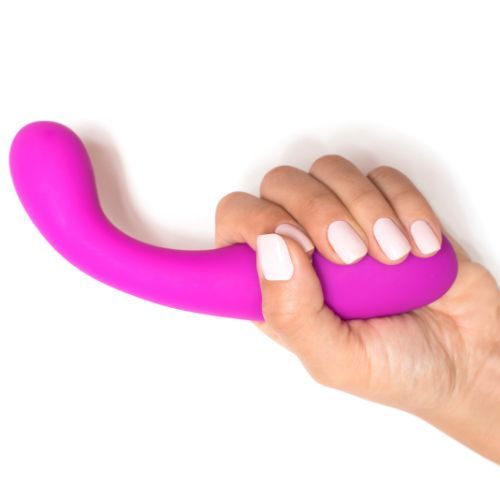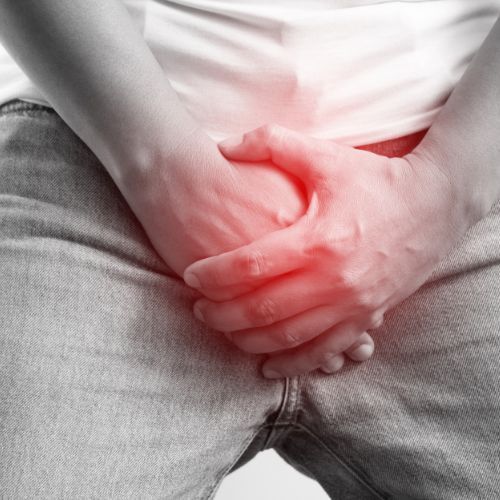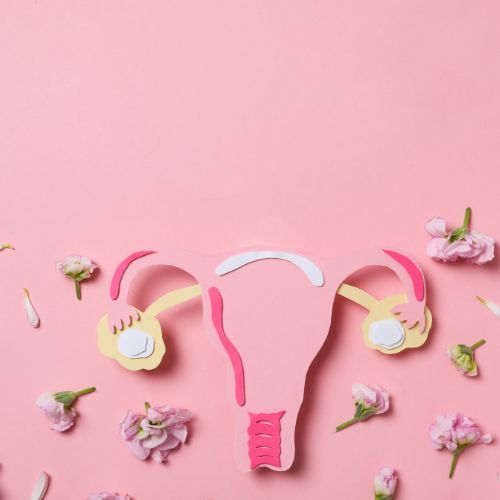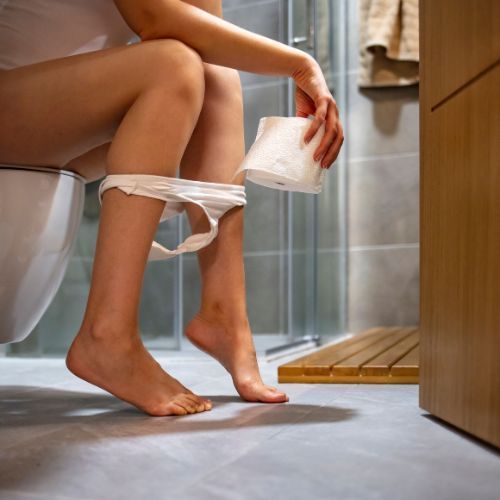
G-spot, groin and gynecologist all start with the letter G and are all related to pelvic health. How can we help?
G-Spot
The G-spot, also known as the Gräfenberg spot, is a small, sensitive area located inside the vagina, typically about 1-2 inches up the front vaginal wall.
The G-spot is thought to be an erogenous zone that, when stimulated, can lead to intense sexual pleasure and even orgasm in some women.
The physiotherapist can educate individuals about the anatomy of the pelvic floor, including the potential location and sensitivity of the G-spot.
Understanding one's own anatomy can contribute to a more positive sexual experience.
Groin Pain
Groin pain refers to discomfort or pain in the area where the abdomen
meets the legs, which is known as the groin.
It can be caused by a variety of factors such as a pulled muscle, a hernia, an injury to the hip or pelvis, or an infection.
The pain can range from mild to severe and may be accompanied by swelling, redness, or tenderness in the affected area.
Gynecologist
A gynecologist specializes in the health of the female reproductive system. They provide care from puberty through menopause and beyond.
Gynecologists and pelvic health physiotherapists can work together to provide comprehensive care for vagina owners experiencing pelvic floor dysfunction.
If you’re experiencing any of the above, please know you’re not alone.
We’re here to help!
More from the blog



03 9325 1511
info@pelvichealth.melbourne
ABOUT US
While you don’t talk about pelvic health every day, we do. Our team of specialised physiotherapists are highly skilled and more importantly, have the emotional intelligence to help you through whatever challenges you’re facing. Talk to us today.
ABOUT US
While you don’t talk about pelvic health every day, we do!
Our team of pelvic health therapists are passionate about helping you through whatever challenges you’re facing. Talk to us today.

We acknowledge the Traditional Owners of the land where we work and live, the Bunurong and Wurundjeri peoples of the Kulin Nation and pay our respects to Elders past and present. We celebrate the stories, culture and traditions of Aboriginal and Torres Strait Islander Elders of all communities who also work and live on this land.






